F-35 vs. Spitfire
The F-35 is the single most expensive weapons program ever funded by US taxpayers. It costs more than the A-bomb, and appears to be taking longer to build. For all of that, you still will not be able to blow up a city with it. (It just makes a loud thud when dropped) However, according to the Pentagon, it will be the bees knee's in aircraft design, capable of replacing most of the other pesky types of aircraft used by our military and thereby making it easier for aging generals to remember what they are called. It can take off from carriers and fly stealthily on the way to target, drop some bombs and dogfight its way out and even digitally talk to other warplanes and soldiers on the ground via Facebook or something. But it's really, really expensive. How expensive?
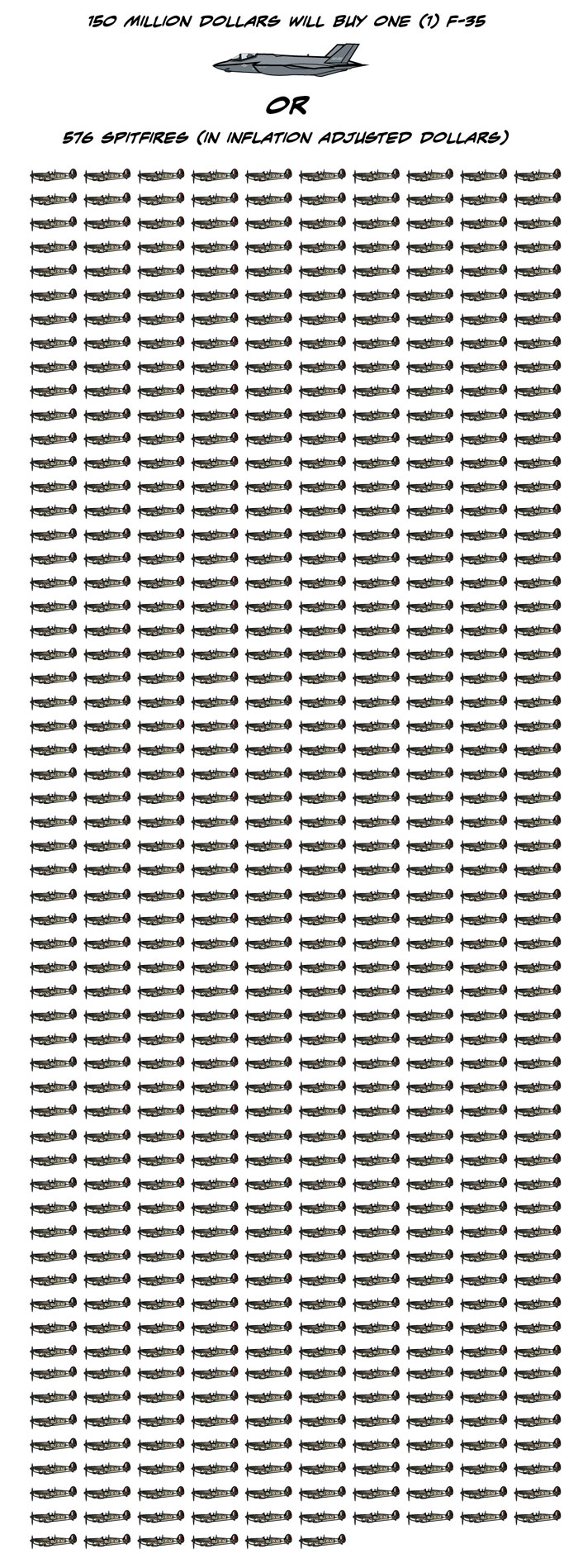
Of course, the F-35 Lightning II is a much better warplane: It is faster than the Spitfire, and can outclimb it. A single F-35 could shoot down a Spitfire before the pilot even knew what hit him. He could do that precisely six times before going home to reload. (Maybe as many as ten times, if he sacrificed stealth) If he was feeling scrappy, he could probably use his cannon to knock down a couple more Spits. But he would have to get in close to do that, and the remaining 563 Spitfires would have him at a disadvantage then. If nothing else, some of the Spitfires could loiter over the F-35's airfield, and then poach him once he slowed down to land. USAAF Mustangs shot down more than one German jet fighter using those tactics during World War Two. Being the baddest isn't much use when you are seriously outnumbered.
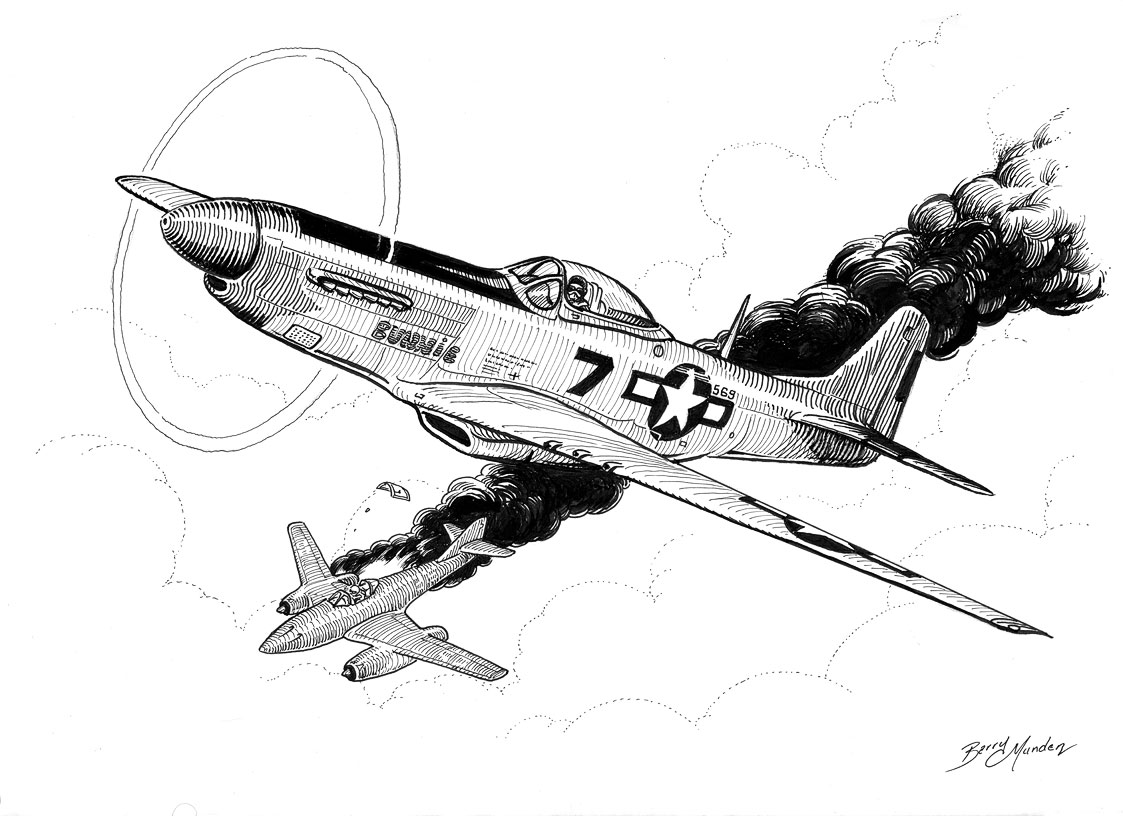
If old-school prop planes tangling with modern sci-fi fighters seems like an unlikely scenario, consider that, in 1963, the RAF once foresaw the possibility of going to war against Indonesia, and decided to do a little dissimilar air combat training. They revived a vintage Spitfire that had been acting as a gate guard and flew it against their own 'Lightning', a supersonic interceptor bult by the BAC. The Lightning predictably outperformed the Spit, but its IR homing Firestreak missiles had difficulty locking onto the Spit's Merlin engine. It was unwise for the Lightning pilot to slow down and dogfight the agile Spitfire, so it found itself in the vexing situation of fighting an inferior opponent it could not reliably engage.
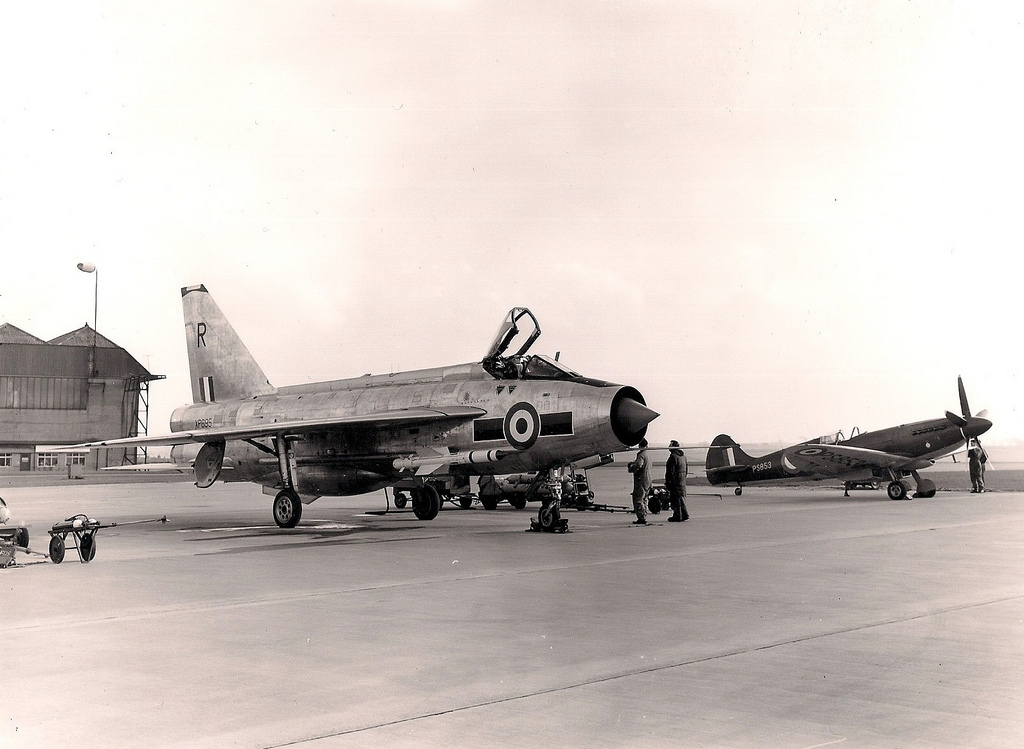
USAF jet pilots in Korea often experienced the same frustration when attempting to intercept "Bedcheck Charlie", the nightly bombing raids by North Korean Po-2 biplanes. The slow, wooden biplanes flew below the stall speed of the more modern jets, making them surprisingly difficult to knock down. The raids cost US soldiers more sleep than lives, but proved impossible to prevent until some older piston-engined Corsairs were placed on night-fighter duty.
In military parlance, fighting an opponent who is so technologically backward that they present unexpected tactical challenges is known as asymmetrical warfare. It is Pentagon-speak for 'why won't they play by our rules?'

Of course, the F-35 is a bomb truck, not an interceptor, so it doesn't need to shoot down Spitfires at all...just avoid them on the way to the target. So how does the F-35 compare in the ground attack department?
Well, a single F-35 can carry 18,000 pounds of bombs, if it doesn't mind showing up on radar. If it wants to remain stealthy, it is restricted to whatever will fit in its bomb bays, which isn't a lot...maybe 4000 pounds.
576 Spitfires could deliver over half a million pounds of bombs.
The F-35's S/VTOL capability means it can take off and land from unimproved fields. (That's what the Pentagon calls 'grass')
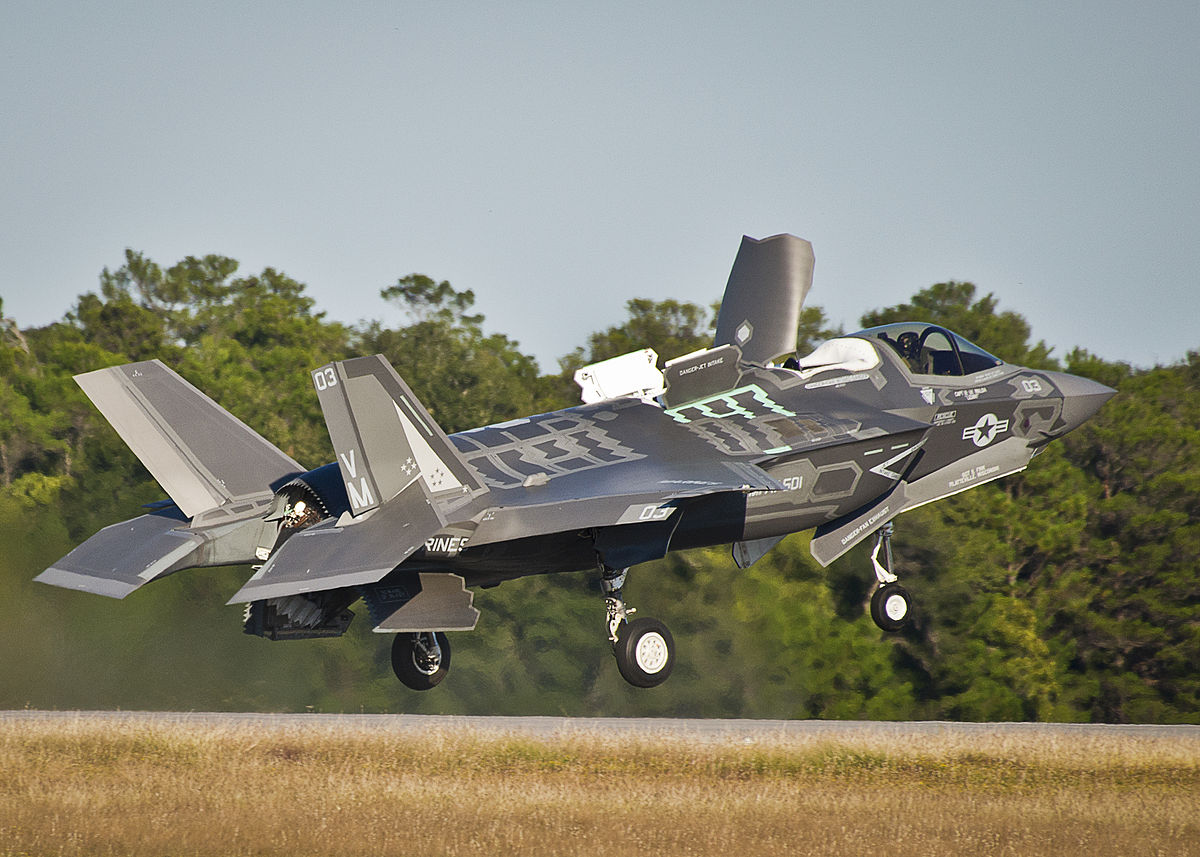
So can the Spitfire.
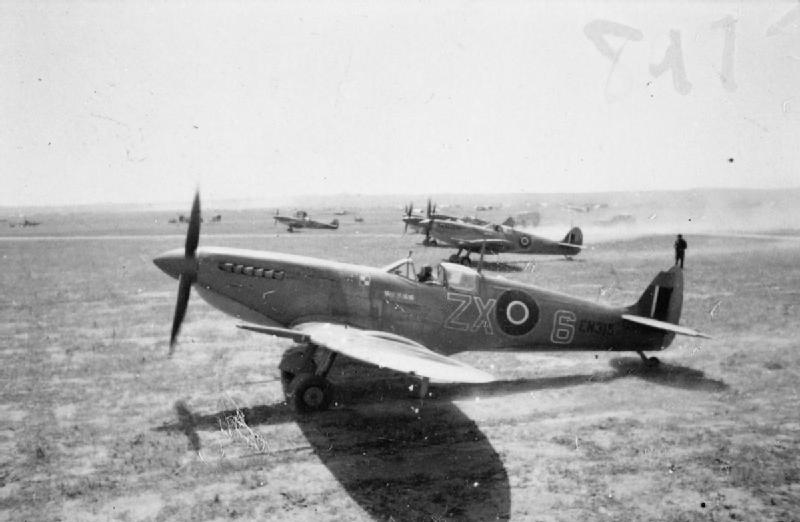
The F-35 is fully carrier capable.
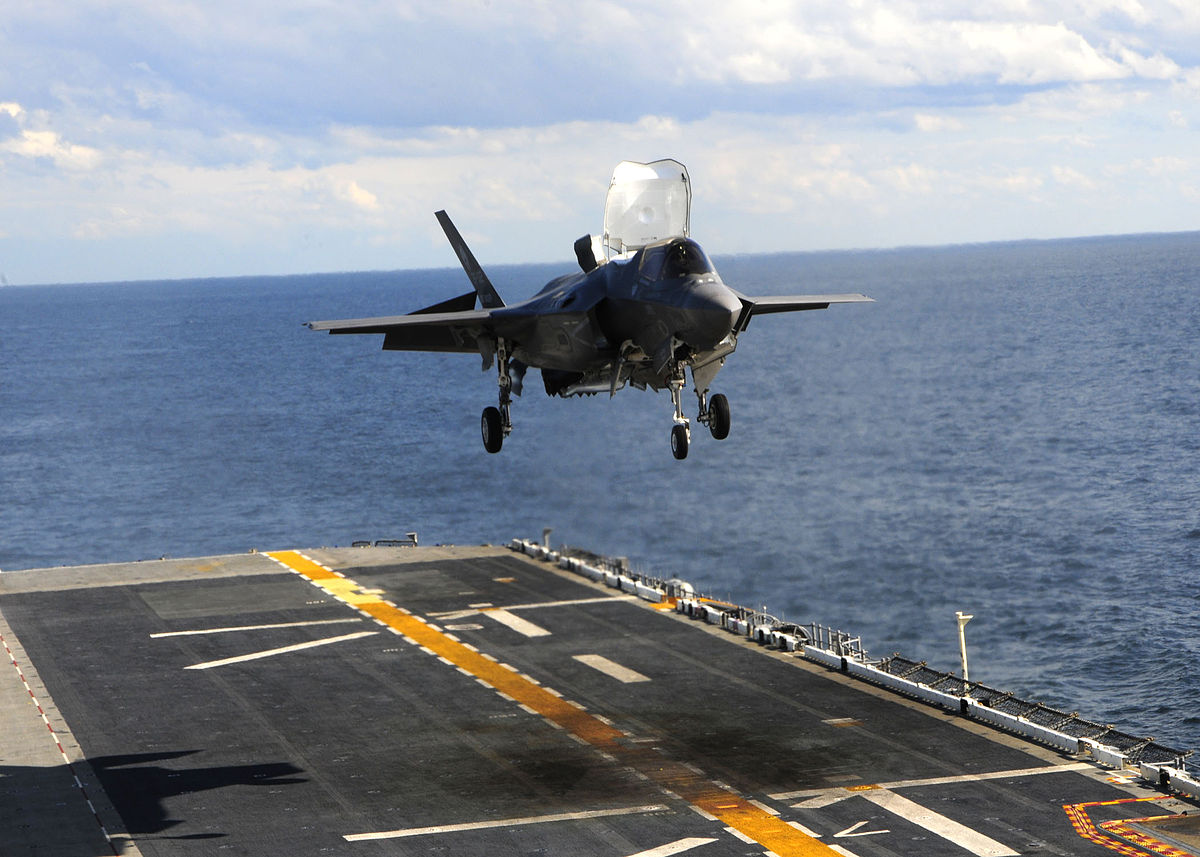
So is the Spitfire.
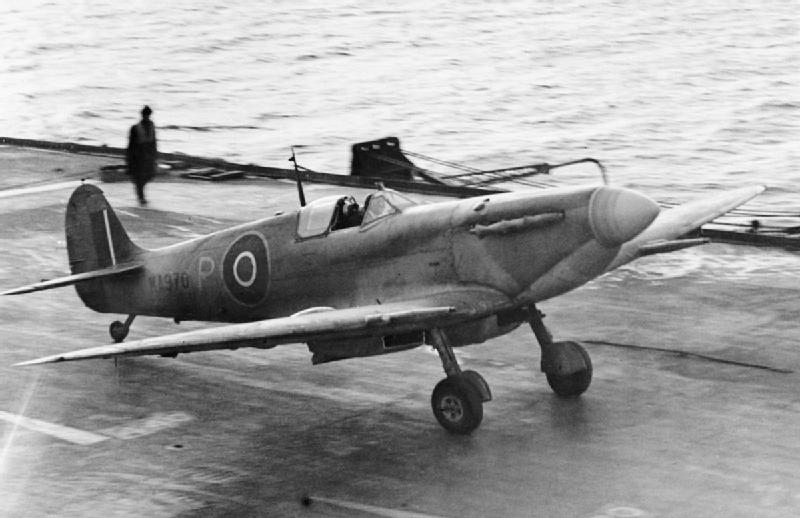
The F-35 has a bit longer range. But the Spitfire isn't the only bargain-priced Merlin-engined fighter out there.

So, is there anything the F-35 can do that the Spitfire can't?
Well, it can crash before it even takes off, thanks to the millions of lines of code that control its flight and weapons systems. Most of the costly delays in the F-35's development have been attributed to software issues. This should come as no surprise to anyone who has ever used a computer for more than five minutes. So, unlike the Spitfire, an F-35 that loses power in flight does not become a glider. It become a brick. When that happens, the pilot can either eject, or call tech support and hope for a brief hold time.

Am I seriously saying that the Spitfire would be a more effective warplane than the F-35? No. The Spitfire would be very vulnerable to many modern weapons (like shoulder-fired SAM's, which are cheap and plentiful) and, even if you don't mind burning up dozens of inexpensive aircraft to win a war of attrition, the cost in difficult-to-replace pilots would be unsustainable. But the Spitfire isn't the only bargain warplane out there...you can buy eight A-10's, four F-16's or a dozen drones for the price of one F-35. They are not designed to do everything the F-35 does, but they do some things better, and all of them cheaper.
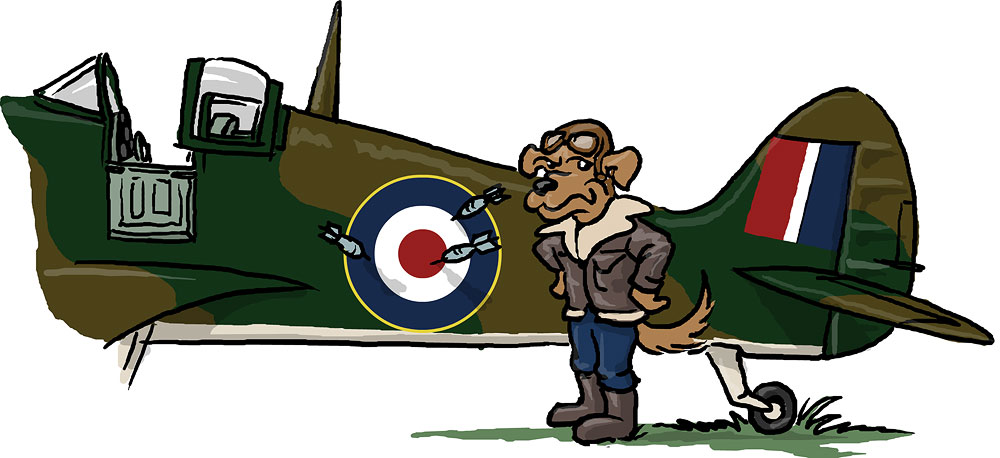
Maybe being frugal when it comes to defense doesn't sound wise to you, and to a certain degree, that is true. It is unwise to to skimp on costly training, or ammunition. But a brief survey of the history of warfare makes it obvious that the loser is most often the one who runs out of money first. The Germans were militarily superior to the Russians during WW2, but could not outproduce them. The Soviets were technologically far superior to the fiesty Mujahadeen, but were forced to retreat when the Cold War bankrupted them. The USA had a similar experience recently. (Pretty much everyone who has ever tried to invade Afghanistan has had that same experience. You cannot bankrupt stone age folk...all the bombs in the world will not reduce their standard of living by much. Another oft-ignored lesson of history is to simply leave the mountain people alone.) Time and again, modern military machines have triumphed on the battlefield only to bring about the fiscal ruin of the victors.
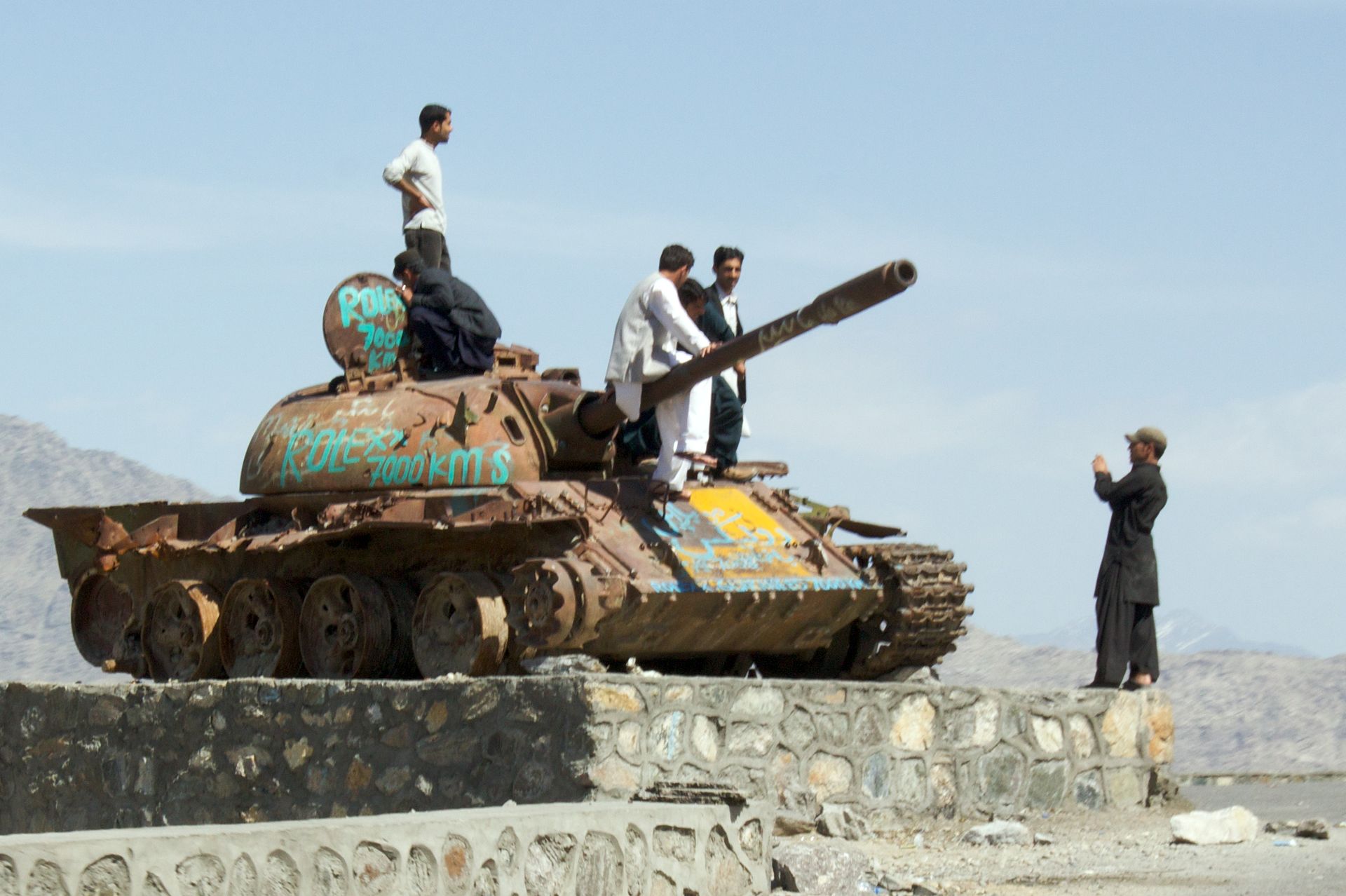
Viewed in this light, the F-35 is a giant step towards future defeat. There is no point in fielding a weapon system you cannot afford to produce in quantity. To paraphrase a famous fighter general, give me a squadron of Spitfires any day. I may lose half of them overcoming your lone F-35, but when the dust settles, I'll be the only guy with an air force.








